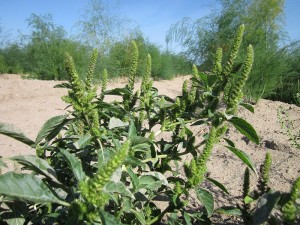
Amaranth(Genus: Amaranthus) is a genus of plants native to The Americas, Africa, Asia, and Europe. It is a primary food source in all these places because it can grow in many soil types, and most if not all members of the genus have edible leaves, roots, seeds. This article focuses on the Amaranth that is native to the Americas, Amaranthus retroflexus. This plant is also called pigweed, red root pigweed, common amaranth, and common tumbleweed. It is Native to tropical regions of The Americas, but being a self sowing annual which has seeds that can overwinter in cold climates it has naturalized in many other parts of world including the United States.
Edibility and Culinary Use
As mentioned before Amaranth has edible stems, leaves and seeds. They are prepared in many different ways. Stems can be cut up and cooked as a vegetable, steamed or boiled. The leaves are eaten worldwide in many ways. Raw, cooked, dried and ground up, soups, stews, and salads. They taste very good, I like them better than spinach. They have a mild taste all their own with no bitterness or bad aftertaste. To mention all the different dishes that are common to use amaranth leaf would take up quite a bit of space but to name a few: Jamaican Callaloo Soup, Indian Thoran, Chinese Pinyin Stirfry, they were also frequently used by native Americans. The grains have a long history of being a staple food crop of the Aztecs and Incas, Today it is still cultivated there as well as China, Nepal and some other countries. Although Amaranthus retroflexus has edible seeds, they are small and difficult to harvest. Other species are used primarily for seeds namely Amaranthus caudatus.
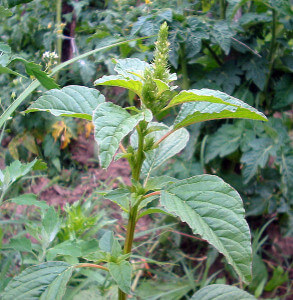
Health Benefits
Amaranth has many health benefits as an alternative grain, though it is not a true grain it is referred to as a pseudograin. One major health benefit is that it is gluten free. It is also rich in protein and the essential amino acid lysine. The leaves are very nutritious being high in many vitamins and minerals including B Vitamins, Manganese, Vitamin C, and many others.
Cautions
Amaranth contains oxalic acid which can aggravate some health issues including kidney stones. It also is best grown without fertilizer, which is one reason why it is such a good crop. Grown with fertilizer or in high nitrogen soils it can accumulate high amounts of nitrates which can cause a number of health problems.
Conclusion
Amaranth is an ancient Native American food that should be brought back into main stream, and is slowly gaining popularity again in the united states. It’s easy to grow, harvest and is extremely healthy. Many cultures around the world have held on to amaranth as an important food. Amaranthus retroflexus can be identified by its reddish stem base and unique flower and seed stalk.
Read our Article on: Safe Foraging
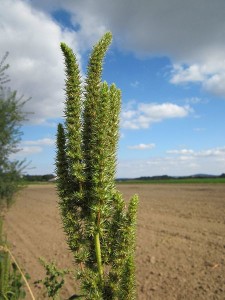
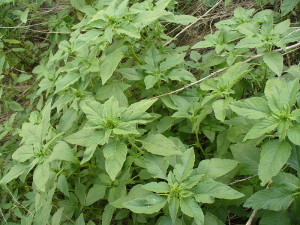
Many of our readers find that subscribing to Eat The Planet is the best way to make sure they don't miss any of our valuable information about wild edibles.
See our privacy policy for more information about ads on this site

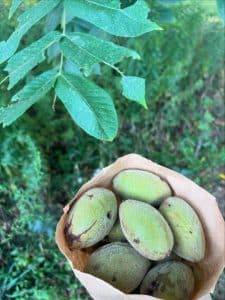
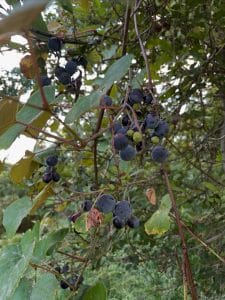
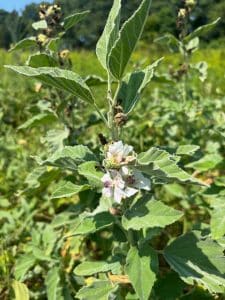
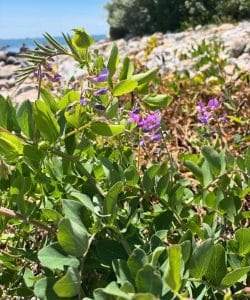
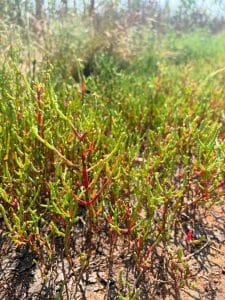
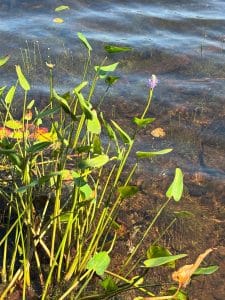
3 Responses
Amaranth is also known as Thepe in Lesotho and South Africa. The leaves are best cooked with onion,salt and little bit of oil.
Such good information, thank you so much I want to know more about this wonderful grain ,I love the flour made from this grain & would like to grow some .I have amaranth love lies bleeding seeds , when planted will these seeds & plant be edible
How do I find more information on how and when to harvest Amaranth. I have it growing in my garden (I didn’t plant it), and can’t tell if the seeds are read to harvest (Oct 1st, Ontario, Canada).